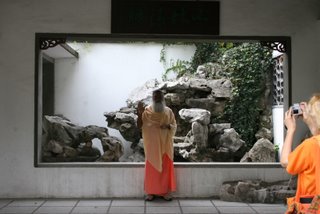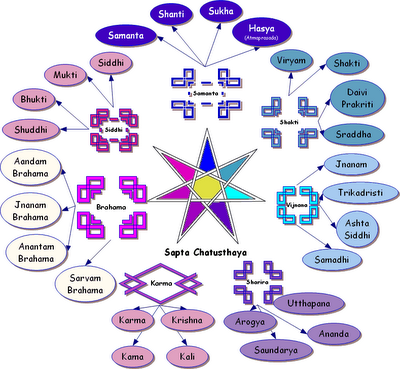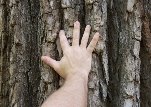Meditation Teacher 4
 Learn from the Real Universal Studios
Learn from the Real Universal StudiosManas is the screen upon which the contents of the mind is projected. It also refers to the world of the senses. We use the senses gather knowledge of the world. Buddhi is the higher discriminating faculty. At a higher level there is direct judgment of right and wrong, that is intuitive. The Mahat is the universal mind from which all knowledge is drawn. In meditation we can receive answers to questions, concentrate on something and come to know it, even when it is not present or is distant in time and space. The expansion into the universal mind leads to spiritual knowledge. You witness the manifestation of the world from the universal mind.
One area of knowledge is the different levels of consciousness and mapping out the various aspects of mind. But when one begins to get into contact with the universal mind then there is a mixture of higher and lower. When the mind is calm it is easy to distinguish. One can see the mechanical thought patterns, working like hypnotic suggestions, the desires that hardened into their own habits of indulgence, the sense of taste that stands royally presiding over all, not allowing in the new or the different or allowing you to directly experience something rather than its own preconceived notions.
Entering into the Mahat is partly a surrender of the mind to the greater openness and creativity, partly a matter of letting go of the habitual clutter and business, partly a matter of enjoying the play of Devi as she moves through your being. Above all one stands as witness. Perhaps tempted to rush out and explore the riches, perhaps denying them or seeking to use them. As meditation deepens one sees the wisdom of unfolding, of the flow. The flow moves from the universal mind and all is blissful lila.






